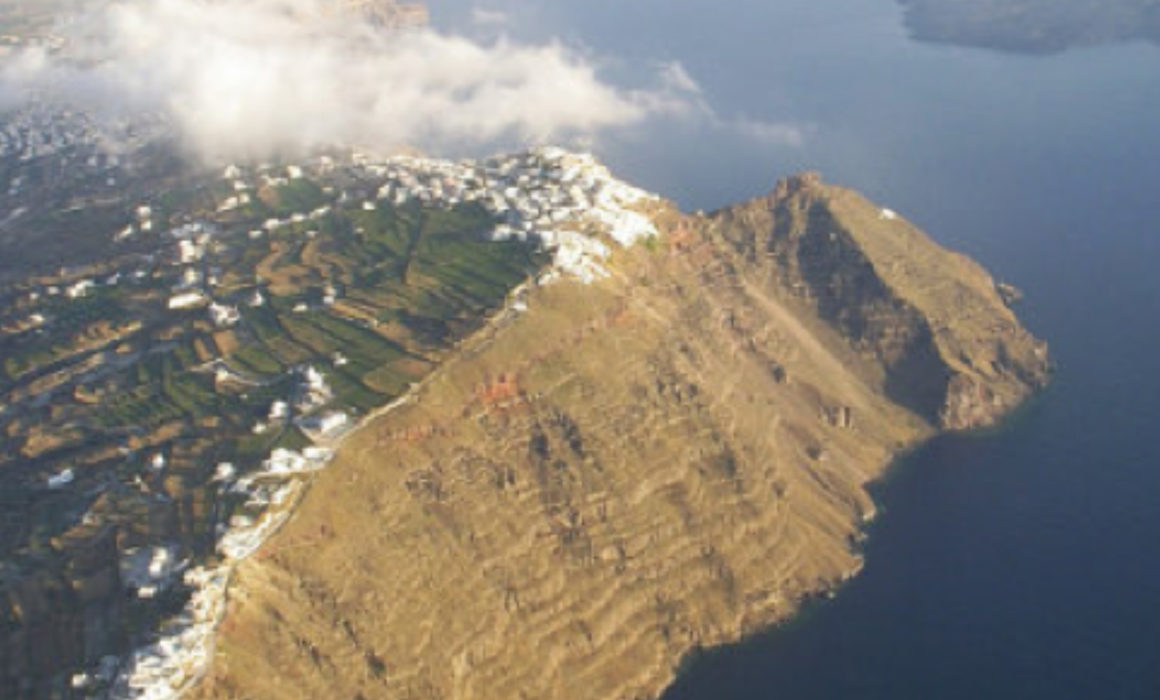Will the dating of the volcanic eruption of Santorini remain an unsolved mystery?
The question whether this natural disaster occurred 3,500 or 3,600 years ago is of great historiographical importance and has indeed at times been the subject of heated discussion among experts.
After investigating tree rings, a team of scientists led by the WSL has concluded that the volcano erupted in the 16th century BC, rather than any earlier than that.
A number of research studies since the 1980s have indicated that the Greek island of Santorini’s volcano may have erupted not in the 16th century BC as traditionally thought but possibly in the century before that. If this dating had been confirmed, it would have involved rewriting the whole history of the cultural development of the eastern Mediterranean region. The latest evidence for antedating the eruption was supplied by a study from Denmark that used radiocarbon dating (14C dating) to examine olive wood from the period of the eruption.
According to Paolo Cherubini who has investigated wood from many olive trees in Southern Europe and points out the limitations of tree-ring dating:
“In warm regions like Santorini, with frequent dry periods in the summer and spring-like winters, olive wood often only produces tree rings that are difficult to identify. Instead, wood-density fluctuations are found inside certain rings.”
These arise mainly in dry periods of the year. It is easy for even an expert to confuse such density fluctuations with actual annual tree rings. Consequently, a piece of olive wood dated as being 72 years old could instead be just 30 years old. This unreliability alone makes precisely dating of a piece of wood from the period of the eruption seem unrealistic.
The mystery still keeps on existing….

